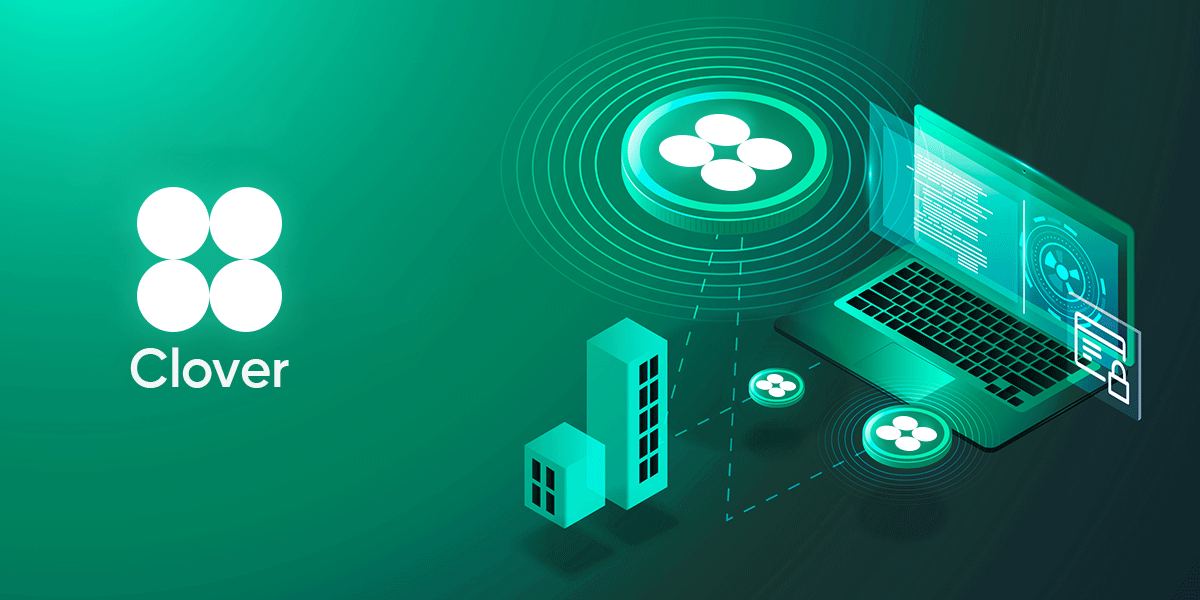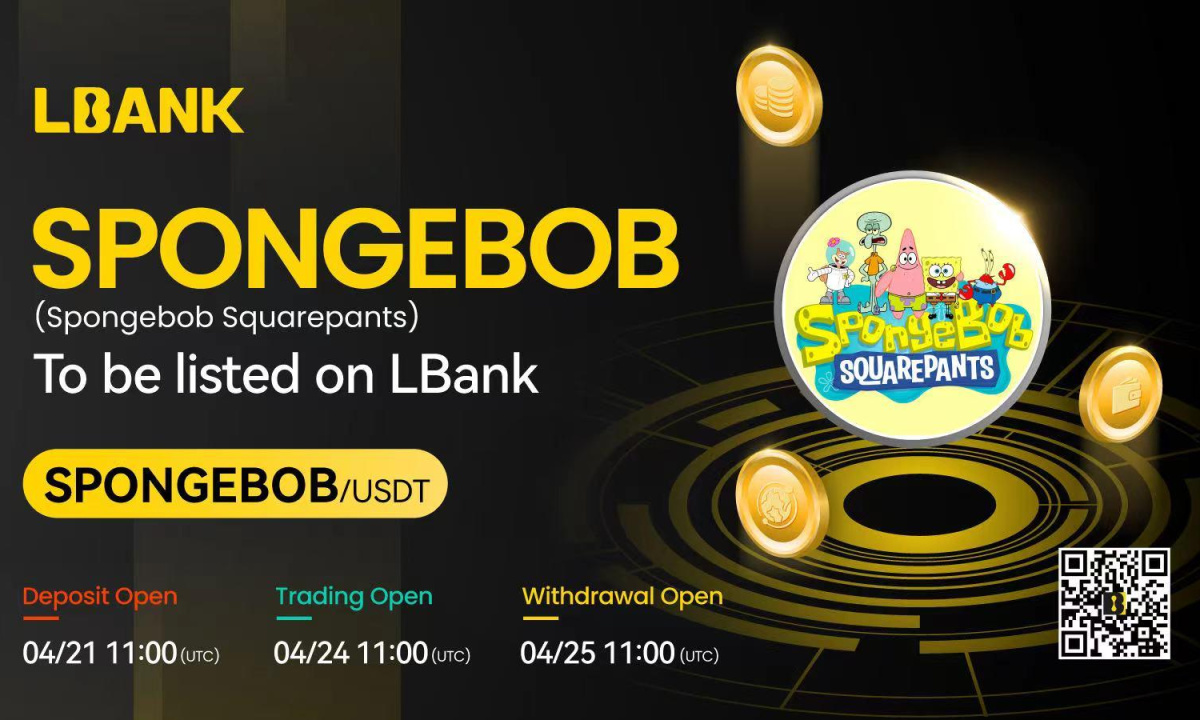Discussions about cross-chain interoperability have dominated the crypto world as blockchain technology expands and in influence. Cross-chain technology facilitates the interconnection between blockchains and the ability to exchange data and move assets across networks.
Interoperability means people can reap the full benefits of blockchain instead of having to jump between siloed, separate, networks. The concept continues to grow in scope, as research revealed the total value locked (TVL) of eight bridges to Ethereum was about $7.7 billion as of early fall 2021.
Cross-blockchain compatibility ensures businesses will be able to transact with clients across various blockchains without any large transaction fees instead of only working with the customers within the network they are built on.
Understanding How Interoperability Already Plays A Large Role Within The Crypto World
Interoperability has only become more important as issues with high Ethereum gas fees have left many frustrated and looking towards other solutions.
Cross-chain technology has been harnessed by networks like Cosmos (ATOM) with the launch of its February 2021 Inter-Blockchain Communication (IBC) system, also known as Stargate. The Quant (QNT) network also relies on its Overledger OS blockchain to connect networks.
Interoperability is a key component of building new Web3 platforms and projects that might not have been possible in the Web2 era. Some argue interoperable smart contracts could revolutionize traditional industries like law or real estate as vital information can be sent between public and private networks in an efficient manner.
Networks across different blockchains also promote further decentralization as interconnectedness ensures a single blockchain network dominates in an unfair manner or creates a bottleneck in regard to transaction processing.
Notable projects within the cross-chain space include Clover Finance, fostering indexing across Bitcoin, Ethereum, Binance Smart Chain (BSC), and Polkadot. Launched in July 2021, Clover’s platform combines the power of Polkadot with Substrate, leading a Substrate-based Polkadot parachain that provides users fast trading, anonymity, and lower gas fees. Clover Finance also plans to launch its Sakura sister network, which includes a DEX and a staking derivatives protocol on the Kusama mainet.
Interoperability WIll Only Continue Discussions Around Blockchain Development
Polkadot is another high-profile, major project focused on blockchain interoperability. Founded by Gavin Wood, Polkadot seeks out seamless connections between public and private chains, oracles, and other permissionless interfaces. The Polkadot team notes they build as part of a “broad vision for a web that returns control to individuals.” Wanchain creates decentralized bridges connecting siloed blockchains and launched the globe’s first decentralized BTC-ETH direct bridge. The Wanchain team has been constructing cross-chain infrastructure since 2017.
Developers are relying on a variety of tools to boost interoperability. Some look toward sidechains, separate networks compatible with a single ‘mainchain.’ Sidechains are often deployed in various situations to improve overall processing speeds. They have their own tokens, security, and consensus mechanisms.
Decentralized oracle services like Chainlink also help interoperability by bringing valuable off-chain data to smart contracts. Cross-chain bridges and atomic swaps also play a part in ensuring cross-chain value transfers can occur without issues.
Cross-chain interoperability remains a vital component of the blockchain world due to its potential to bring the entire industry to new heights.
Projects like Clover help serve as a gateway to bring new people into the DeFi world who might not have prior exposure to cryptocurrencies or dApps. A lack of ability to pay gas fees has left many unable to buy Ether, an issue that can be alleviated with the growth of interoperability that allows people to engage with DeFi from different blockchains.
A growing number of cross-chain projects, including Clover, have constructed Ethereum Virtual Machine compatible infrastructure to help with dApp migration.
Interoperability only grows in scope as projects continue to understand the value of transferring data and value across different networks and the power behind building services that combine multiple networks. The importance of interoperability will only continue to grow in the Web3 era and help streamline the entire crypto experience.
Connect with Clover Finance and learn more across social media and the web here:
Website | Telegram | Twitter | Discord | Github | WhitePaper |Cloverwallet
Disclaimer: This is a sponsored press release, and is for informational purposes only. It does not reflect the views of Crypto Daily, nor is it intended to be used as legal, tax, investment, or financial advice
Investment Disclaimer











